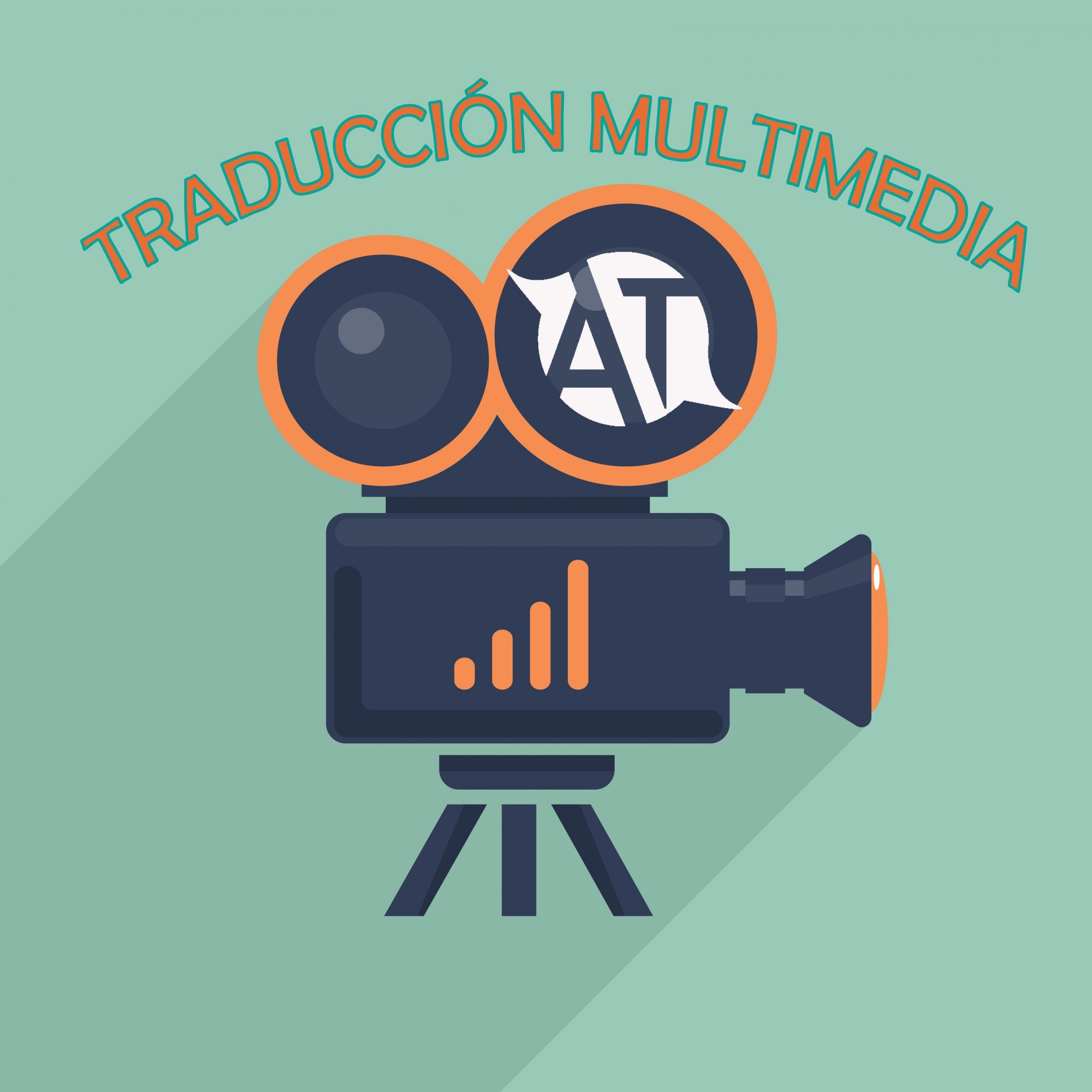The importance of audiovisual translation

Have you ever wondered how audiovisual translation works? We're confined to our homes for yet another week. After so many days of being trapped indoors, it's becoming harder and harder to fill the time, but one thing never fails: online video streaming platforms. Companies such as Netflix, HBO, and Amazon Prime are booming thanks to their content, but because people are no longer allowed to travel to work aside from front line services, it's almost impossible for dubbing artists to do their jobs. But thanks to professionals dedicating their time and effort each week, we can still follow our favourite series and watch new episodes in our own language. In today's post we're going to look at audiovisual translators and how important they are - especially in the coronavirus age.
To better understand their work, we're going to explain what audiovisual translation involves.
Characteristics of audiovisual translation
- It's always accompanied by images: this type of translation differs from the rest because it's always shown alongside the images being broadcast, so the text needs to tie in with the image.
- Short deadlines: for the most part, translation projects have tight delivery lead times, but it goes even further in the case of audiovisual translation. For example, if episodes of a series are being shown with little time in between, there's even less time for translation, and margin for error.
- They need to specialise in a number of sectors: another defining feature a translator needs to have is that in addition to having mastery of the source and target languages, they also need to specialise in a number of sectors. After all, audiovisual works can cover a number of different subjects: medicine, legal, IT, etc.
Types of translation
There are several types of translation under the audiovisual umbrella:
- Subtitling: this is where audiovisual content is adapted into writing so it can then be translated. Transcreation is something to bear in mind in subtitling: a lot of projects will involve jokes, sayings, or specific language which only makes sense in the source language. Content needs to be adapted to the target language so it has the same meaning, even if this means changing the original text.
- Dubbing: this is where the content is voiced and recorded in the target language to replace the original voice. Professionals who work on it are known as dubbing actors, as they also need to convey the emotions of the characters in the original work.
- Accessible translation: this is carried out for people with disabilities involving the loss of sight or hearing. The text is not only transcribed from one language to another, but descriptions are also added so that viewers can be aware of what's happening in addition to the dialogue. Theatres have been using it for a long time so that all audiences can enjoy their shows.
- Video game localisation: what makes video game localisation different is that, as well as translating the content from one language to another, other factors such as culture, hardware, software, etc., need to be taken into account.
We're going through difficult times, so it's time for us all to unite. Everyone is doing their bit, and audiovisual translators are working their fingers to the bone to make sure we can still get our entertainment fix and enjoy ourselves at home. At ATLS we're working hard every day to make sure we can continue to offer the same services: so you can get the same results and convenient service you've always had.




